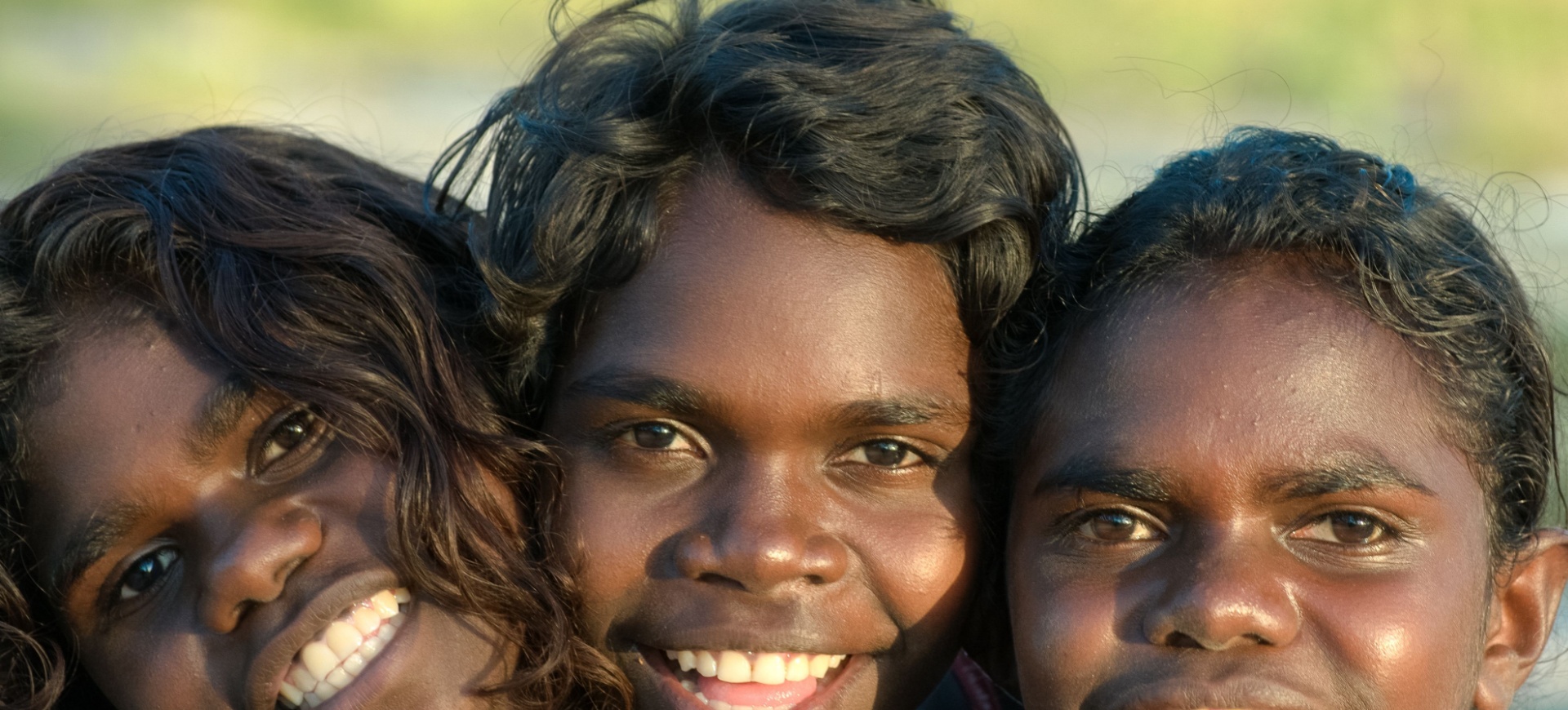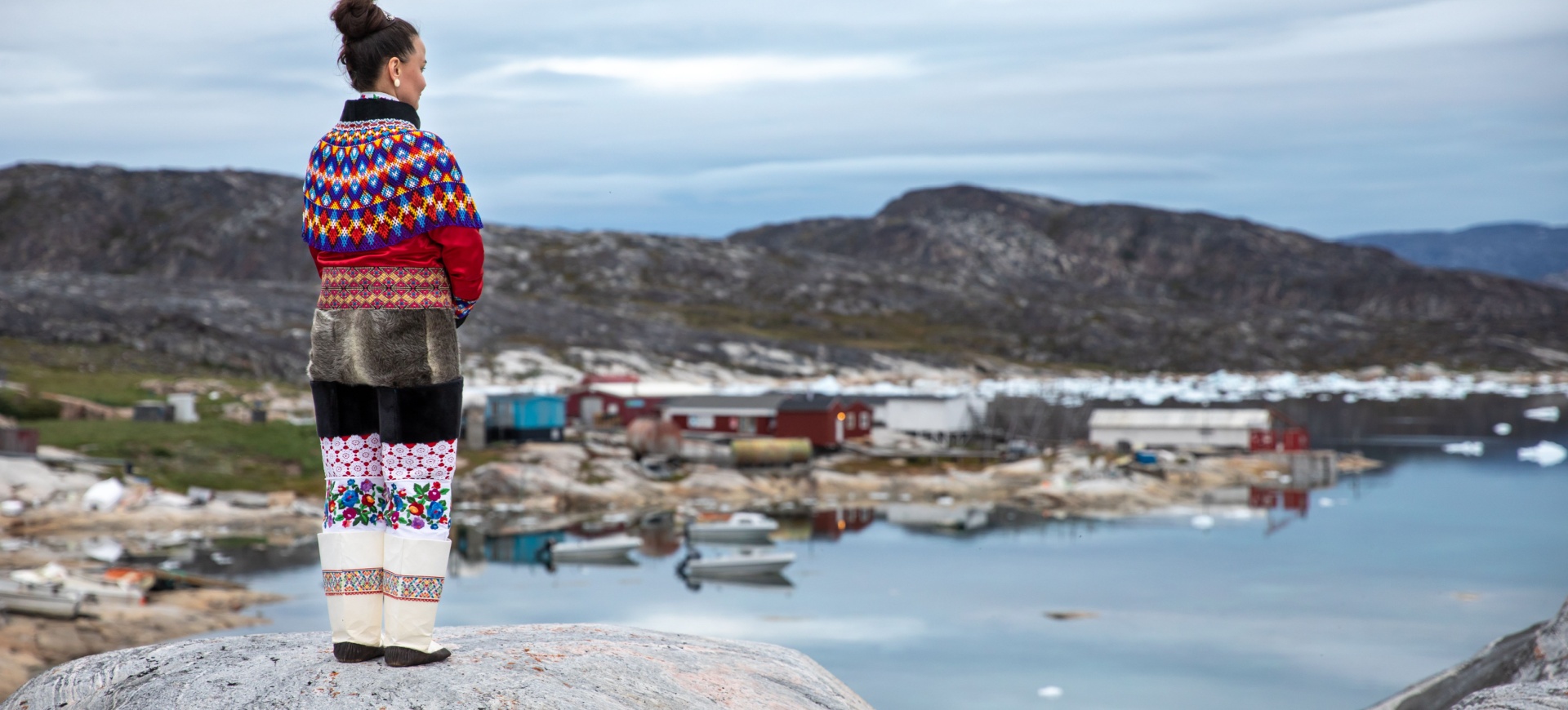The immense impact of COVID-19
No pandemic is gender neutral. From greater exposure to the coronavirus, to higher risk of violence at home, women and girls face heightened risks that can only be mitigated by greater engagement from men and unwavering commitment at the government level
Every pandemic has a gender dimension. There is no gender-neutral pandemic, and this one is no different. Women’s lives and health are deeply affected both by the disease and by the circumstances surrounding it. COVID-19 has caused a crisis that challenges fundamental aspects of the ways we have previously arranged our social and economic structures. It has demonstrated the nature and extent of inequalities linked to gender and race across and within our societies. It has exposed millions of front-line – but lower paid – women health and social sector workers to increased risk of COVID-19 infection. It has heightened risks for women in the informal economy with little or no social protection and no fall-back options, exposing them to violence, economic devastation and poverty. It has made millions of girls vulnerable to critical losses, such as interrupted schooling and the risk of early marriage. Each of these risk factors alone is a strong determinant of health. Collectively, they are fundamental reflections and causes of gender inequality. Their resolution demands engagement well beyond the health sector.
For generations, we have known that the circumstances for women and girls were deeply unequal and their rights under threat. Generally, while bearing the majority of the responsibility for caring for the family, women earn less, save less and hold less secure jobs. These inequalities, combined with discriminatory social norms and negative stereotypes that position women and girls as having less value and power than men and boys, have long been at the heart of one of the greatest threats to women’s health and well-being across the world: violence against women and girls. The disruption of the pandemic, and advocacy with women’s rights organisations, has brought these inequalities to light and forced recognition of aspects so long rooted in our societies that they have been too little questioned, and often dismissed as normal.
Data gathered pre-pandemic showed that 243 million women and girls aged 15–49 had experienced violence by an intimate partner in the previous 12 months. This has only worsened as lengthy periods of “stay at home” measures have confined families with their abusers. UN Women’s ‘Shadow Pandemic’ campaign and related policy work have exposed the parallel escalation of domestic and other forms of violence against women since pandemic lockdown measures began. Data from countries across the world show dramatic increases in calls to domestic violence helplines, such as a 300% increase in calls in March/April 2020 reported by a helpline in Canada for women experiencing domestic violence, a 40% increase reported in Malaysia, a 50% increase in China and Somalia, a 79% increase in Colombia, and 400% increase in Tunisia.
Dynamics at play
Rapid assessments of violence against women and girls collected by UN Women from governments and civil society organisations in 49 countries in five regions confirm the immense impact of the pandemic, especially for those who face multiple forms of discrimination, for example on the basis of sexual orientation, age, income, disability or race. Yet it is a continuing challenge to gather sufficient data to reflect the full range and complexity of the situation. UN Women is working with the World Health Organization and other UN partners to strengthen methodologies and standards for measurement and research, and to build national actors’ capacity to collect data, respecting ethical and safety standards.
The same power dynamics and inequalities that feed into violence also affect whether women and girls can and will report incidents and access help. UN Women’s assessments showed that in some cases, reporting or calls for assistance or services have actually been decreasing, as women found themselves unable to leave the house, access help online or via telephone, or feared that escape to shelters would pose infection risks.
Although movement restrictions in public spaces during lockdown and curfews reduced overall criminal activity in many countries, more than 50 cities have taken measures to protect women from the heightened risk of sexual and other forms of violence when exercising outdoors, working in public settings, living on the street, or travelling between home and work, as part of Safe City and Safe Public Spaces for Women and Girls, a UN Women Global Flagship initiative. Increased reliance on digital options for communication, education and work has also brought rising cyber violence, including stalking, bullying, sexual harassment and sex trolling. Europol has warned that children’s increased online presence has been used by some as an opportunity to groom young people into exploitative situations.
Women’s national leadership is being shown to be critical in protecting their populations and fostering a stable future that does not replicate the inequalities of the past. Recognising this, UN secretary-general António Guterres has urged governments to put women and girls at the centre of their efforts to recover from COVID-19, with equal representation and decision-making power. As governments flatten the curve of the pandemic, they must also flatten the curve of gender-based violence, use the UN Framework for Preventing Violence against Women and stay with it for the long term.
So far, 146 countries have committed to make the prevention and redress of violence against women and girls a key part of their national response plans for COVID-19. UN agencies have jointly undertaken to support practical steps that ensure victims/survivors are safe and receive the support and services that they need, including proactive efforts to integrate measures in COVID-19 related preparedness and recovery plans to address violence against women and girls and ensure that these efforts are adequately resourced.
We need men to get engaged. Although we do not yet have enough men who stand up for women’s rights, we are seeing a critical mass of men emerge who are willing to use their power and authority to make decisions that promote gender equality. This is their moment to bring about change, from small domestic steps, like #HeForSheAtHome, to major domestic policy shifts. We need to use this crisis to make decisions that can be enforced, that can be enshrined in laws, and in policies that can be implemented. ▪











